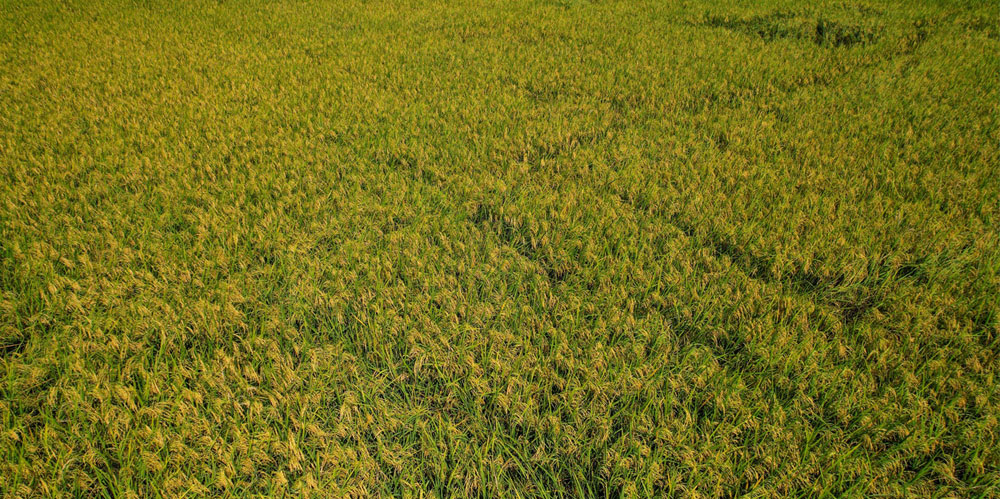Golden Rice will be fully available to farmers later this year once more seed supply becomes available.
The International Rice Research Institute (IRRI) and Philippine Rice Research Institute (PhilRice) are now boosting seeds production for commercial application.
What’s currently available are target for promotion and distribution in provinces with incidence of malnutrition, especially vitamin A deficiency.
Branded as “Malusog Rice,”Golden Rice has been genetically modified to contain beta carotene to help prevent vitamin A deficiency. The Philippines is the first country in the world to produce Golden Rice for cultivation and consumption, bringing beta carotene directly to the dining table through rice, the most popular food crop in the country.
Golden Rice contains the beta carotene provitamin A, a plant pigment that the body converts into vitamin A as needed to prevent vitamin A deficiency.
Vitamin A deficiency could lead to poor eyesight and weak immune systems that make children prone to viral infections and other diseases, and delayed growth and development.
More than 100 tons of beta carotene-enriched Golden Rice have been harvested during this wet season in 17 pioneer production sites across the country.
IRRI and PhilRice have distributed promotional packs of Golden Rice as part of the initial household distribution in Viga and Virac towns in Catanduanes. The province is one of the seven pilot areas to receive the beta carotene-enriched variety.
Catanduanes has one of the highest incidences of malnutrition in the country according to the Expanded National Nutrition Survey conducted by the Department of Science and Technology’s Food and Nutrition Research Institute (FNRI).
It is estimated that two in 10 of Filipino children aged 6 months to 5 years suffer from Vitamin A deficiency, according to the FNRI.
Catanduanes, Quirino, Samar, Antique, Lanao del Norte, Agusan del Sur and Maguindanao are the pilot provinces for the initial crop of Golden Rice.
The first harvests will be milled for distribution in target households with pre-school children identified at-risk for vitamin A deficiency and undernourished, as well as pregnant and lactating mothers.
Golden Rice can be one way to address vitamin A deficiency among pre-school and school children in Antique, Antique Governor Rhodora Cadiao said after the first Golden Rice crop was harvested in the province.
Planting and growing of Golden Rice, which matures in 110 days, are similar to cultivating common rice varieties, according to IRRI and PhilRice breeders.
About 40 kilograms of seeds planted in a 1-hectare field can yield around 4 tons to 5 tons of grain. The taste and quality are not different from conventional rice. What makes Golden Rice unique and different is the beta carotene content.
The beta-carotene content aims to provide 30 percent to 50 percent of the estimated average requirement of vitamin A for pregnant women and young children.
Golden Rice complements nutrition education, nutrient rich diet, breastfeeding and complementary feeding practices, food fortification and other public health measures that control infectious diseases.
Golden Rice is intended as a complementary food in communities that consume rice as a staple food eating between 200 to 300 grams per day. At those levels, Golden Rice provides significant provitamin A. Filipinos consume 290 grams of rice every day.
The composition of Golden Rice is equivalent to conventional rice in terms of fiber, polysaccharides, fatty acids, amino acids, minerals and vitamins. Except for beta-carotene and related carotenoids, Golden Rice has the same components found in coventional rice varieties with a history of safe consumption.




